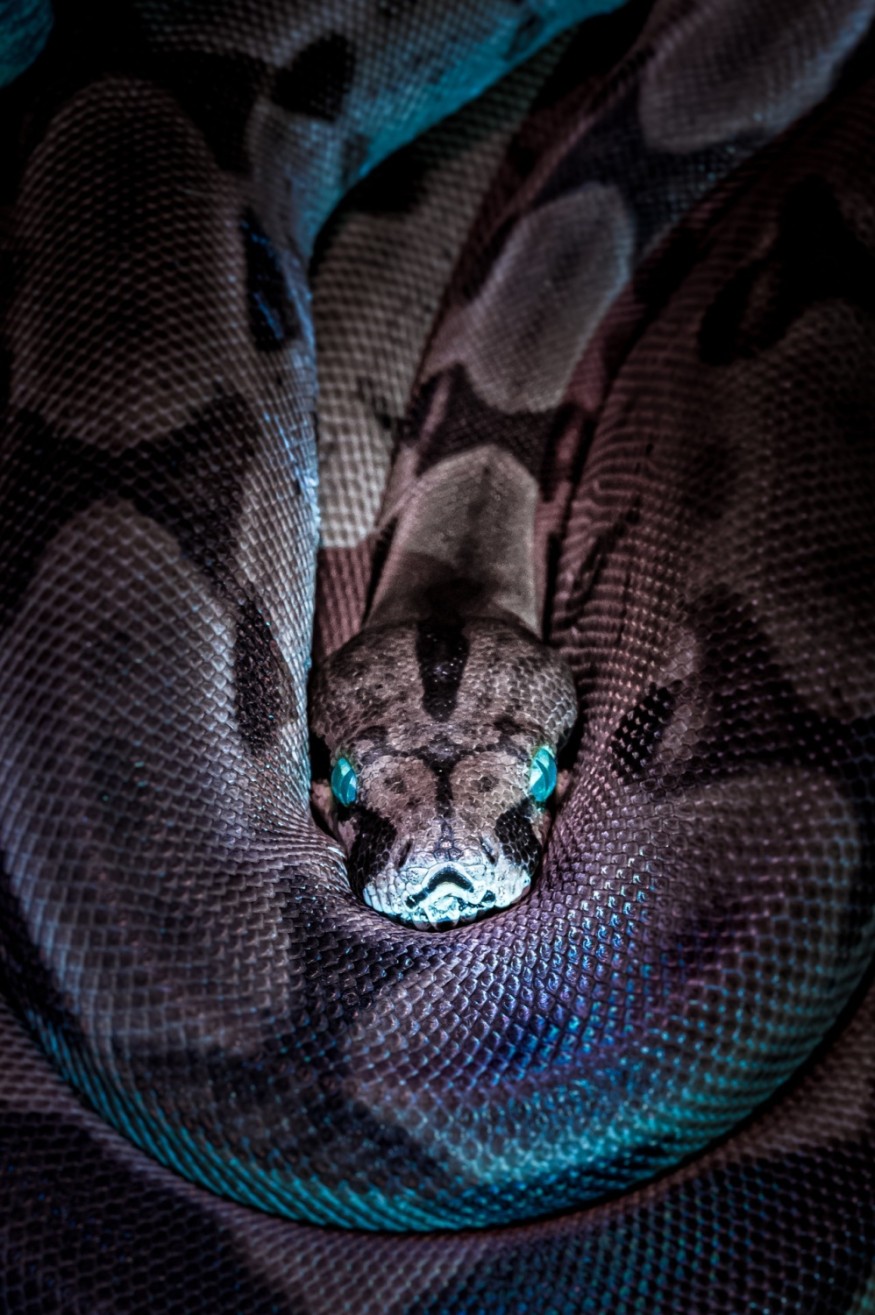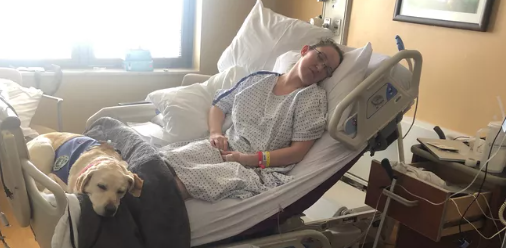In 2017, a lady from Texas was bitten by one of the world's most poisonous snakes, resulting in what many specialists consider the world's most severe condition.
Bitten by a Snake

Rachel Myrick, a 40-year-old realtor from Fredericksburg, was bitten by a copperhead snake four and a half years ago as she walked inside the LongHorn Steakhouse in Spotsylvania County.
An 8-inch-long copperhead that had managed to sneak inside the restaurant's foyer bit Myrick twice on her toes and once on the side of her foot. The bites were so painful that she dropped her smartphone, wallet, and her son's hand, according to The Free Lance-Star at the time.
Immediate Response
Myrick underwent antivenom, commonly known as antivenin, therapy in Mary Washington Hospital as her foot and ankle swelled. The tale was picked up by the world's media and publicized worldwide.
Even when media interest in the story began to wane, Myrick's anguish did not end there. Complex regional pain syndrome (CRPS) is a disorder where even a mild touch can cause agonizing agony. It can be caused by the bite, the antivenin needed to save her life, or a combination of the two.
According to LMTonline, even a mild wind or a touch over her skin may be excruciating.
"You feel like your skin is burnt," she explained to the news source, "so you grab sand or pieces of glass, depending on how horrible my moment is, and you just massage it into the top."
"I'm in the greatest pain of my life, multiplied by ten."
Also Read : Meet the King Cobra's Royal Family
Pain
The McGill Pain Index is a questionnaire that patients fill out to assess their pain level. CRPS is towards the top of the McGill scale, ahead of tooth fractures, chronic back pain, amputation of fingers and toes, and even delivery.
According to the National Institute of Neurological Disorders and Stroke (NIH), CRPS develops after an injury to an arm or leg. Additional symptoms include changes in skin color, warmth, and/or edema on the arm or leg below the injury site.
It says that most CRPS injuries appear to be caused by nerve fibers transmitting messages to the brain that aren't functioning correctly. According to the NIH, the disorder, which produces "burning" or "pins and needles" sensations or the sense of the afflicted limb being squeezed, typically goes away over time as the nerve regrows. Severe instances, on the other hand, might result in long-term impairment.
Treatment
CRPS is difficult to treat because of the wide range of symptoms and the fact that they can alter over time, with diabetes and smoking, for example, having an inverse effect on therapy. As a result, there is presently no technique to treat CRPS quickly.
Need Help

Patricia DeWolfe, Myrick's mother, has created a Go Fund Me campaign to assist her in paying for treatments that aren't covered by her insurance and help her family pay bills and other expenditures.
"She has been through 4 minor surgeries and two major surgeries, as well as dozens and dozens of doctors appointments, with the total of her medical bills, well exceeding 1.1 million dollars in this short time frame; with limitless bills to go ahead of her," DeWolfe writes on the fund-raising page about her daughter.
For more animal news, don't forget to follow Nature World News!
© 2025 NatureWorldNews.com All rights reserved. Do not reproduce without permission.





